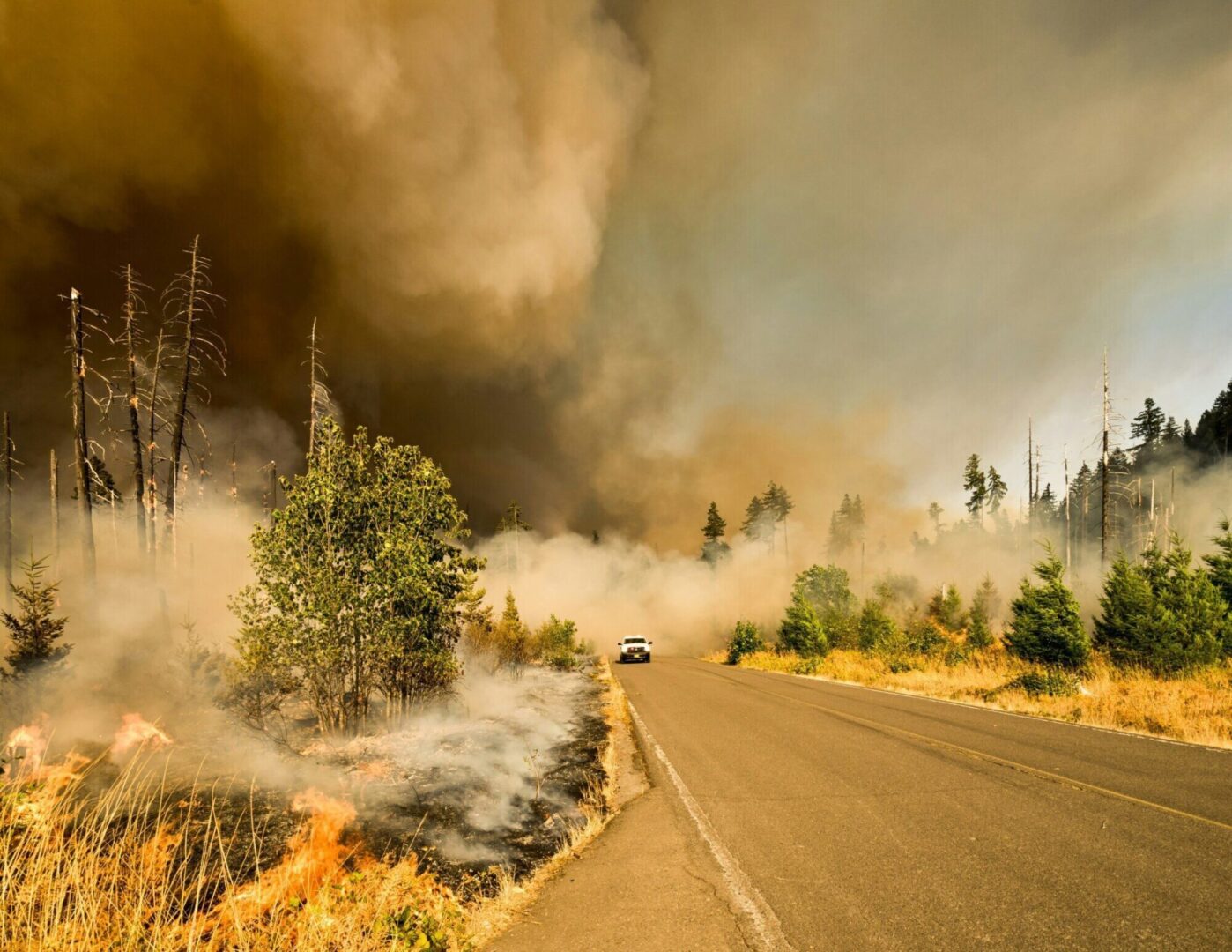Register at : https://register.gotowebinar.com/register/1883126314427545691
Thursday, May 15, 2025 1:15 to 2:15 PM EST
 A 2023 congressional report suggests that wildfires cost the US economy over $394 billion annually. Catastrophic fires are becoming more frequent, intense, and costly, driven by decades of government fire suppression policy leading to the unchecked buildup of flammable vegetation. The number of large wildfires has more than doubled since the 1980s, and the fire season now lasts nearly three months longer than it did in the 1970s. A 2023 congressional report suggests that wildfires cost the US economy over $394 billion annually. Catastrophic fires are becoming more frequent, intense, and costly, driven by decades of government fire suppression policy leading to the unchecked buildup of flammable vegetation. The number of large wildfires has more than doubled since the 1980s, and the fire season now lasts nearly three months longer than it did in the 1970s. |
| While the Western U.S. remains the epicenter of fire activity, wildfire threats are growing in nearly every state and across the globe. Historically, low-intensity fires were key in reducing fuels and maintaining forest health, naturally. However, aggressive suppression halted this cycle, leaving forests dangerously overstocked with flammable material. |
| These shifts underscore the urgency of developing scalable forest restoration and biomass utilization strategies not just in the West—but nationwide and worldwide. However, a significant obstacle to achieving these goals is economic. Most of the forest biomass that must be removed has little to no commercial value. This unmerchantable material – small-diameter trees, slash, and other forest debris – cannot be sold profitably, and the cost of removing it falls mainly on government agencies. Without market incentives, scaling up thinning operations to the level needed for landscape-scale restoration remains financially unsustainable. |
 A Market-Driven Solution – Join SSF and LightWorks at Arizona State University in a free webinar exploring how emerging biomass markets and public-private partnerships, through efforts like the Four Forest Restoration Initiative (4FRI) in Northern Arizona and LightWork’s Biomass to X enhancement, may be able to turn this challenge into an opportunity. By converting forest debris into valuable products – such as biochar, renewable natural gas (RNG), and e-methanol – the biomass industry has the potential to transform a wildfire liability into an economic asset. A Market-Driven Solution – Join SSF and LightWorks at Arizona State University in a free webinar exploring how emerging biomass markets and public-private partnerships, through efforts like the Four Forest Restoration Initiative (4FRI) in Northern Arizona and LightWork’s Biomass to X enhancement, may be able to turn this challenge into an opportunity. By converting forest debris into valuable products – such as biochar, renewable natural gas (RNG), and e-methanol – the biomass industry has the potential to transform a wildfire liability into an economic asset. |
Register at : https://register.gotowebinar.com/register/1883126314427545691
 Panelists include: Panelists include:Jay Smith – Director, Coconino County, Arizona Forest Restoration Zack Knight – CEO, Blue Mountain Forest Partners Neil Chapman – Flagstaff Fire Department and Manager, Flagstaff Watershed Protection Project Marc Osborn – Public Affairs Specialist at KutakRock William Brandt, Moderator – Director of Strategic Integration, ASU LightWorks |
Posted in Uncategorized
